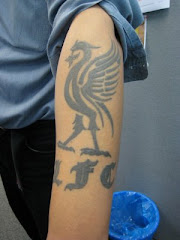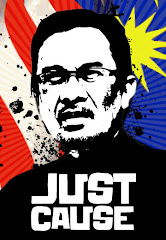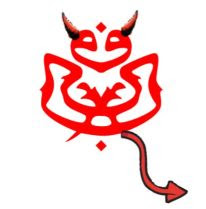
Life is good . . . & me is a lucky fooker.
Started the wash at 10pm & since this was me debut effort with the machine, it took longer than the usual bicep-powered method. Careful not to scratch the surface, me managed to finally finish the polishing & waxing at the ungodly hour of 3am! (Neighbour thought me was fooking nuts).
But this was the result . . .

Not bad fer a first time if me says so meself . . .

 ps: Of course, following tradition, if ye wash yer car, it will rain. And since me washed, polished & waxed the car, it fooking pissed down with rain the ENTIRE fooking Sunday . . . Ah well, good excuse to crack open a few more beers next weekend . . .
ps: Of course, following tradition, if ye wash yer car, it will rain. And since me washed, polished & waxed the car, it fooking pissed down with rain the ENTIRE fooking Sunday . . . Ah well, good excuse to crack open a few more beers next weekend . . .




Larissa Riquelme, 25 year-old lingerie model, made a promise to her nation's people, that she would match Diego Maradona's promise to run naked through the streets of Buenos Aires if Argentina had won the World Cup.

 Barring formalities, Roy Hodgson will be unveiled as new man in charge at Anfield later today. The board has decided to go fer someone with huge amounts of experience (but not very many medals to show fer it).
Barring formalities, Roy Hodgson will be unveiled as new man in charge at Anfield later today. The board has decided to go fer someone with huge amounts of experience (but not very many medals to show fer it).





